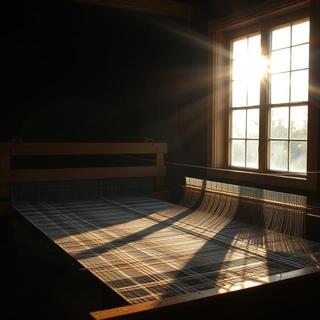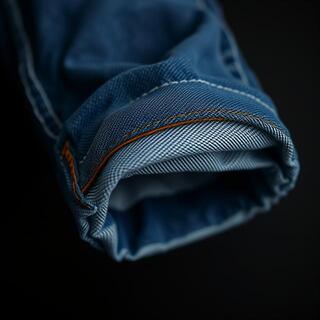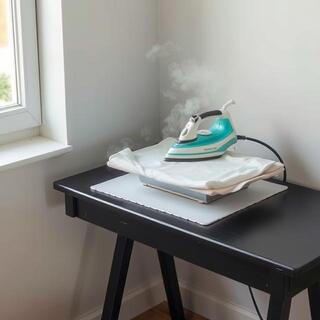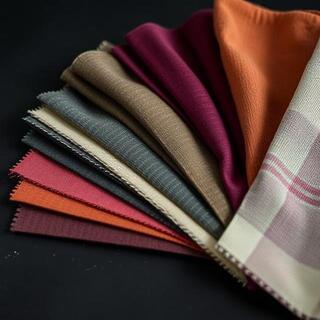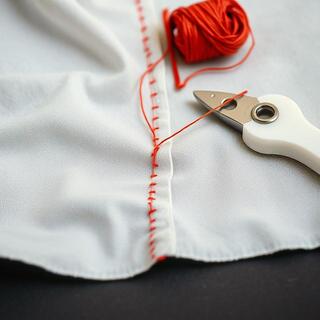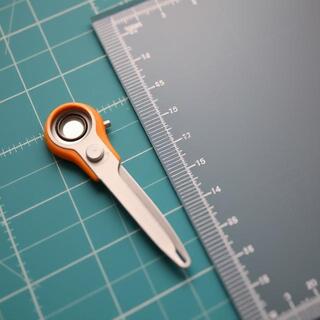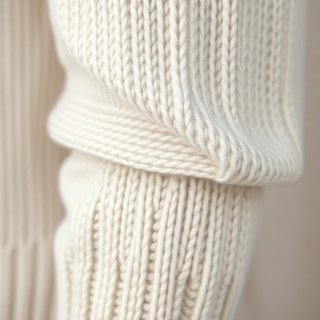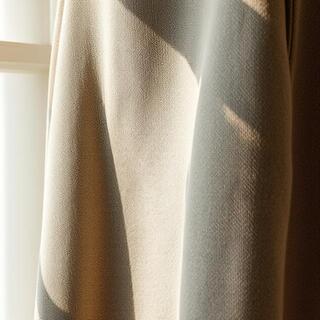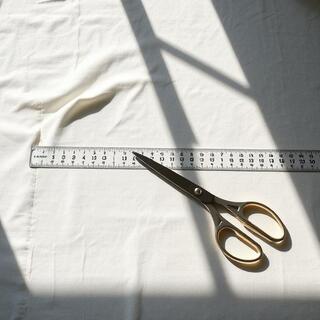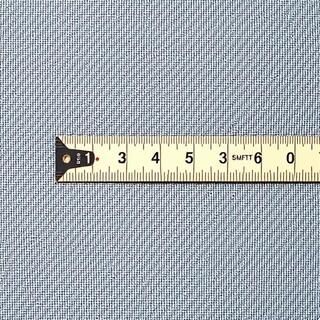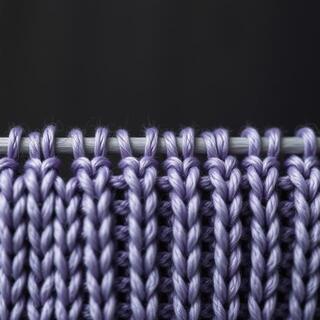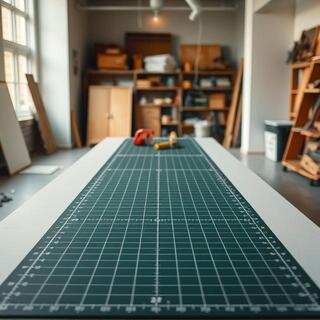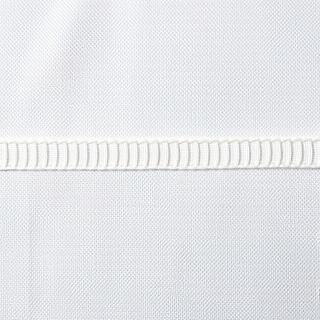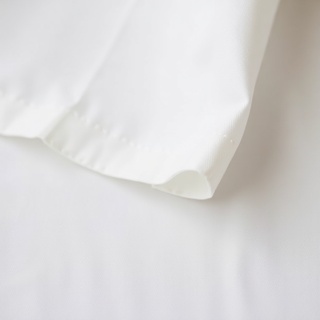Choose cloth with a patient drape. Rayon
challis, washed silk, fine wool crepe — fibers that bend without
complaint. Stiffer weaves will behave, but they’ll argue about
it every time you turn a curve.
Cut on a clear surface. Bias respects space.
Weights beat pins; they hold without bruising the weave. When a
piece sits on the diagonal, check that the selvedge lines echo
each other — symmetry at this stage saves hours later.
Let the garment rest after the first seam. Hang
it overnight if you can. Gravity will settle ambition into
reality and stretch the panels where they intend to stretch.
Trim the hem the next day, not the same hour.
Press lightly, cool completely. Heat persuades;
cooldown commits. On delicate fibers, a press cloth and shorter
touches keep the sheen honest. Bias remembers impatience —
especially around the hip curve.
Finish with kindness. Narrow baby hem, or a
bias facing cut from the same cloth. The goal is a line that
disappears when you walk and reappears only in the way the
fabric moves.
